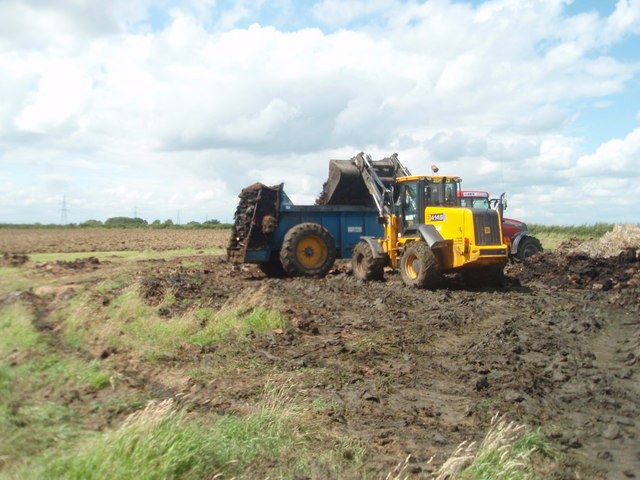 Southwest
Environmental Limited
Southwest
Environmental Limited Southwest
Environmental Limited
Southwest
Environmental Limited| London |
| 02076 920 670 |
| Exeter |
| 01392 927 961 |
| Manchester |
| 01612 970 026 |
| Bristol |
| 01173 270 092 |
Spreading compost on farm land is almost certainly going to be beneficial, compost is rich in trace elements, and organic material, and provide an excellent nutrient balance. Even in rich soils it can enhance soil structure and improve water retention.

The difficulty lies in
proving agricultural benefit, the addition of compost to a soil
will change the balance of minerals within the soil, hopefully providing
a benefit.
However, this is not a given fact, and quantitative soil nutrient
balancing must be provided with any deployment application.
Agricultural benefit will be proven when it can be shown that the
nutrients in the compost help provide a better growing medium for crops
than before it was applied.
Nitrogen, Phosphate and Potassium (N,P,K) values must be established for
the soils, and the compost (or other wastes) that are to be applied.
The amount of waste that can be applied whilst still providing a benefit
will rely on the following factors.
Image: Michael Trolove / Loading The Muck, via Wikimedia Commons
In order to assess you soil you must have soil
samples taken and sent to an approved laboratory, for testing.
Don't skimp on testing get a full analysis done on
the soil samples, to include macro and micro nutrients, to prove benefit
you will need to show that the soil is deficient in something. So the
more variables you test for the greater chance your consultant will have
in proving benefit.
Soil sampling can be carried out using a hand
auger, or scissor shovels, and good laboratory to use in NRM, or Mole
Valley Farmers offer a Forage Services, Soil Analysis.
"Off take" is how much soil
nutrient the last crop "used up", crops differ in the amount of
nutrients they use up, if you wish to maximize you waste usage on
agricultural land, then proving benefit may be easier if you grow crops
that are heavy users of minerals and nutrients.
When you have worked out the soils "need" and the last crops "off-take"
you are ready to add up you finding to give your nutrient demand for
your soil.
If your compost is very rich in nutrients you will need less of it to meet the soil's needs.
The timing of the waste application to land has become a challenging
issue.
A good indicator of whether the activity is appropriate is to review the
General Principles of Waste Recovery or Waste Disposal in the TGN. If
your material was not a waste, would you purchase it to apply at the
proposed time? This is one of the things Permitting Officer's have to
consider when they make their decisions.
If this principle is not being met then it is unlikely we will agree
the activity.
We know some industries rely on the land bank to manage some of their
wastes. The land bank may operate and produce waste for 12 months
of the year, however, this does not necessarily mean that the land
bank is available 12 months of the year for all wastes. If your clients
are relying on this then you should discuss other options or
increase onsite storage for those months when the waste can't be
sent to land.
The impact that plastic pollution has on our environment is a current hot topic. We all have a part to play in ensuring plastics from waste do not enter the environment through landspreading activities. As a reminder for those deploying waste composts, the How to Comply guidance document TGN 8.01 states: “The incidental presence of low levels of contaminants may be acceptable, for example in accordance with the levels set out in the PAS 100 specification for compost. Where physical contaminants are known to be present in the input materials they should be removed prior to the composting or in the final screening process i.e. in order to achieve the levels set out in PAS 100 Quality Protocol.”
Therefore if physical contaminants have not been analysed for in compost, then our Permitting Officers will ask you for it. The limit set out for plastic contamination is 0.12% by weight, and for total contaminants it is 0.25% by weight. If your compost has levels of plastic and/or physical contaminants higher than the thresholds set out.